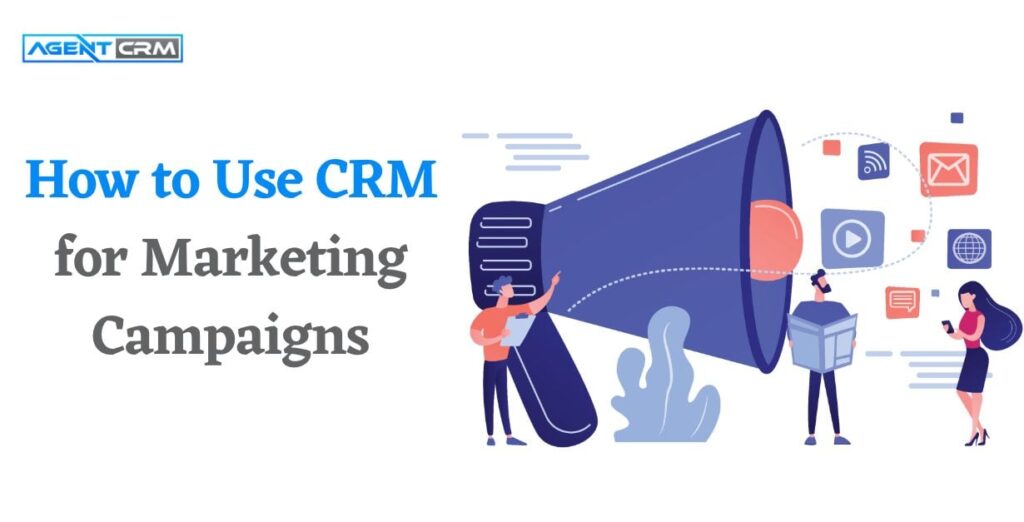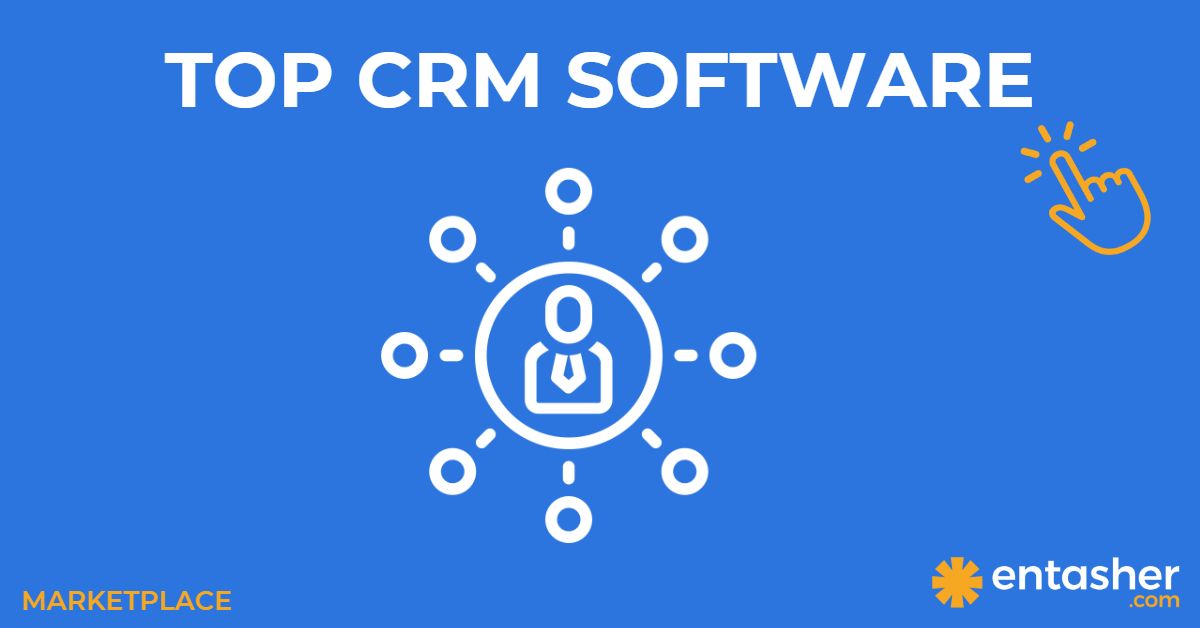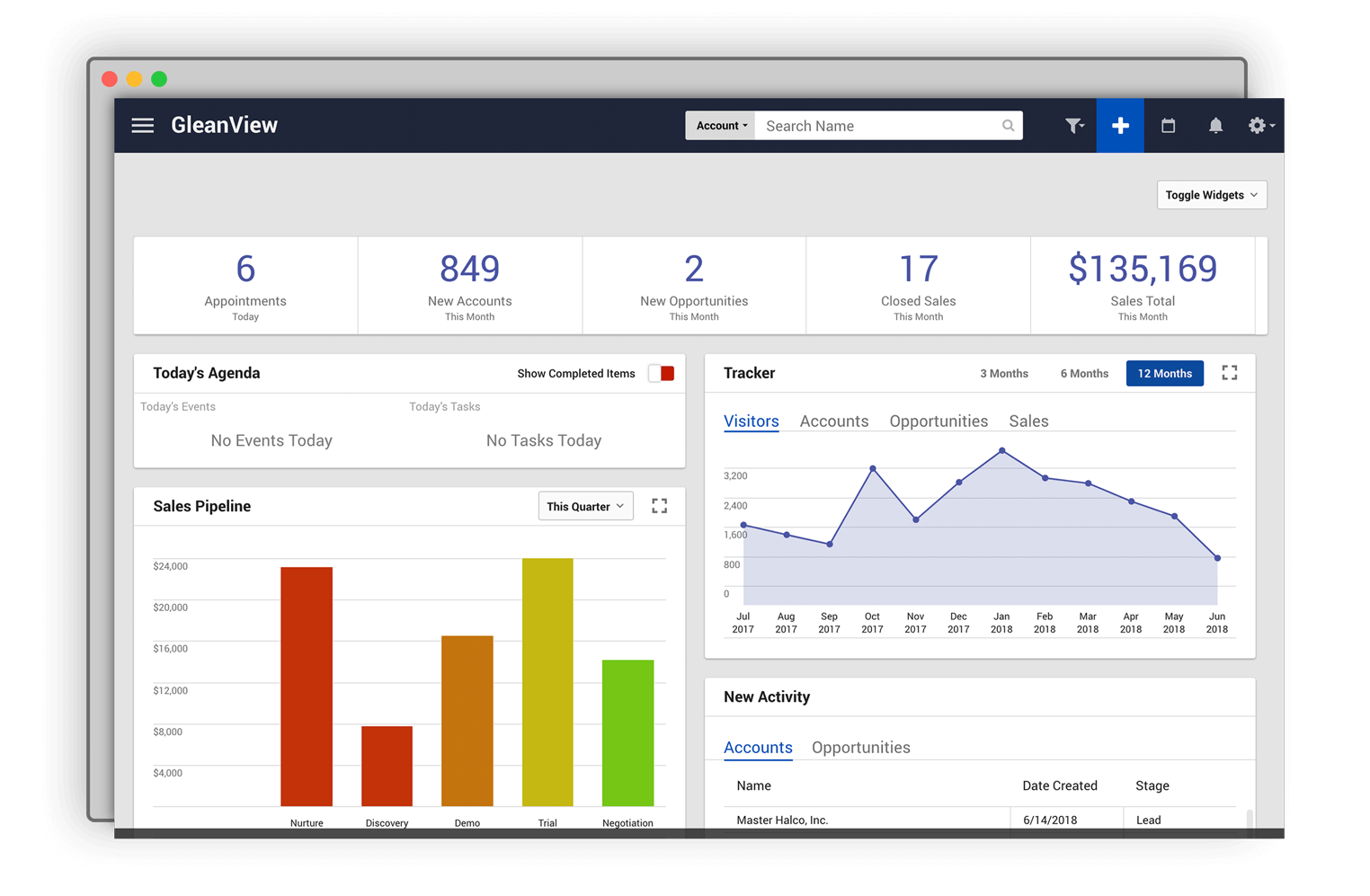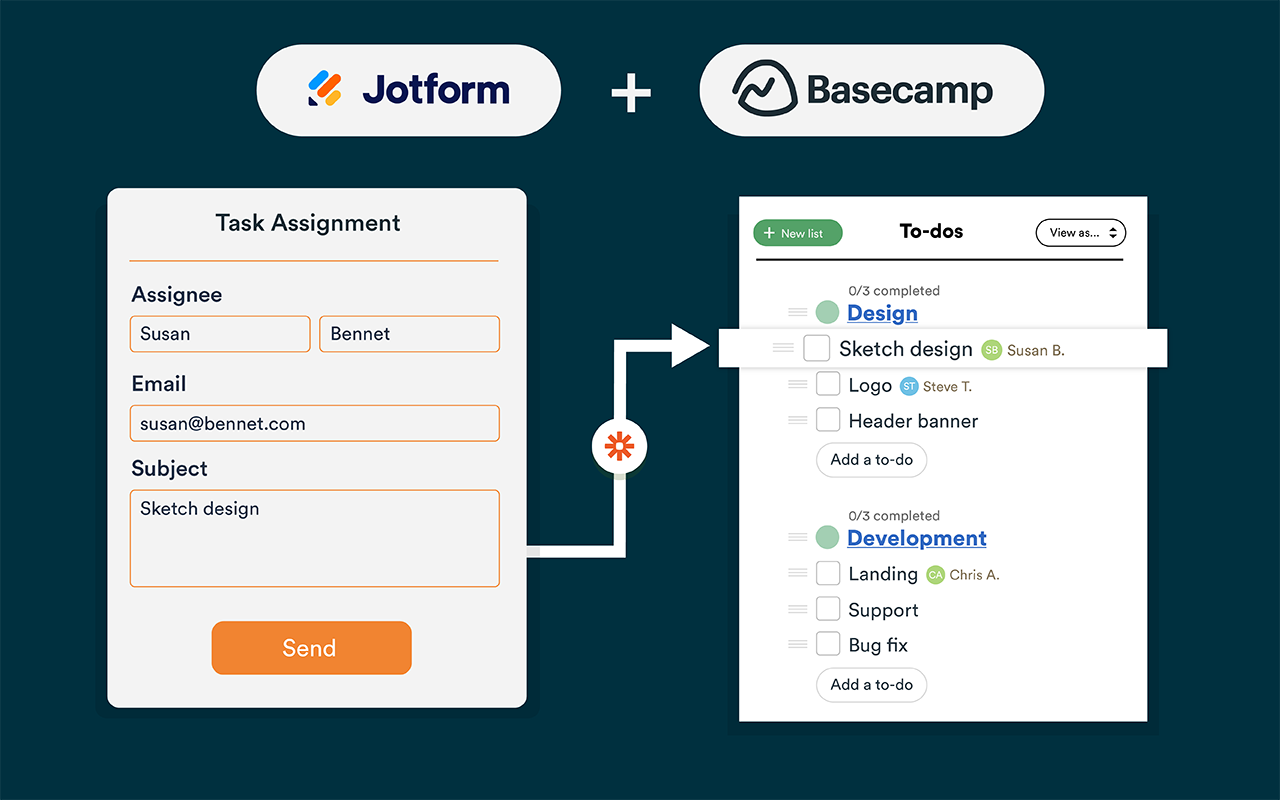
Unlocking the Power of CRM: A Marketing Revolution
In today’s hyper-competitive business landscape, simply having a great product or service isn’t enough. You need to connect with your audience, understand their needs, and nurture relationships that convert into loyal customers. This is where Customer Relationship Management (CRM) systems become invaluable. CRM isn’t just about storing contact information; it’s a strategic powerhouse that, when combined with effective marketing campaigns, can transform your business. This article delves into innovative CRM marketing campaign ideas designed to boost your ROI, enhance customer engagement, and drive sustainable growth. We’ll explore various campaign types, strategies, and best practices to help you harness the full potential of your CRM system.
Why CRM is Your Marketing Superpower
Before diving into specific campaign ideas, let’s understand why CRM is so crucial for modern marketing. CRM systems provide a centralized hub for all customer data, enabling you to:
- Personalize Your Marketing: Understand customer preferences, purchase history, and behavior to tailor your messaging and offers.
- Segment Your Audience: Group customers based on demographics, interests, and behaviors for targeted campaigns.
- Automate Marketing Tasks: Streamline repetitive tasks like email marketing, lead nurturing, and follow-ups.
- Improve Customer Service: Provide faster, more efficient support with easy access to customer information.
- Track and Analyze Performance: Monitor campaign results, identify what’s working, and optimize your strategies.
By leveraging these capabilities, CRM empowers you to create more relevant, engaging, and effective marketing campaigns.
CRM Marketing Campaign Ideas: Fueling Your Success
Now, let’s explore a range of CRM marketing campaign ideas that can be implemented across various industries and business models. These ideas are designed to be adaptable, allowing you to tailor them to your specific target audience and business goals.
1. Welcome Series: Making a Stellar First Impression
The welcome series is your opportunity to make a lasting impression on new subscribers, leads, or customers. This automated campaign is triggered when someone joins your list or makes their first purchase. The goal is to introduce your brand, build trust, and guide them towards your valuable content or products.
Campaign Elements:
- Welcome Email: Introduce your brand, highlight your value proposition, and set expectations.
- Value-Driven Content: Share helpful resources, tutorials, or blog posts relevant to their interests.
- Exclusive Offers: Provide a special discount or promotion to encourage their first purchase.
- Social Media Links: Encourage them to connect with you on social media.
Example: A software company might send a welcome email with a link to a free trial, a tutorial video, and a discount code for their premium plan.
2. Lead Nurturing Campaigns: Guiding Prospects Through the Sales Funnel
Lead nurturing campaigns are designed to guide potential customers through the sales funnel, from initial interest to conversion. This involves providing valuable content and information at each stage of their journey, building trust and establishing your brand as a trusted authority.
Campaign Elements:
- Content-Rich Emails: Share blog posts, ebooks, webinars, and other resources that address their pain points and provide solutions.
- Targeted Offers: Offer relevant products, services, or promotions based on their stage in the funnel.
- Personalized Communication: Tailor your messaging based on their interactions with your content and website.
- Segmentation: Group leads based on their demographics, interests, and engagement levels.
Example: An e-commerce store might send a series of emails to a lead who has downloaded a product guide. The emails could include product recommendations, customer testimonials, and a limited-time offer to encourage a purchase.
3. Customer Onboarding Campaigns: Ensuring a Smooth Transition
Once a customer makes a purchase, the onboarding process is critical to their long-term satisfaction. Onboarding campaigns are designed to help new customers get started with your product or service, understand its features, and maximize its value. A smooth onboarding experience increases customer retention and reduces churn.
Campaign Elements:
- Welcome Email: Confirm their purchase and provide access to your product or service.
- Tutorials and Guides: Offer step-by-step instructions, videos, and FAQs to help them get started.
- Product Tips and Tricks: Share helpful tips and tricks to enhance their experience.
- Support Resources: Provide links to your help desk, knowledge base, and customer support channels.
Example: A SaaS company could send a series of emails with video tutorials, feature highlights, and links to their support documentation to help new users get the most out of their software.
4. Re-engagement Campaigns: Reviving Dormant Customers
It’s common for customers to become inactive over time. Re-engagement campaigns are designed to reconnect with these dormant customers and encourage them to re-engage with your brand. This is a cost-effective way to generate revenue from existing customers.
Campaign Elements:
- Win-Back Emails: Offer a special discount, free shipping, or exclusive content to entice them to return.
- Surveys and Feedback: Ask for feedback on their experience to understand why they became inactive.
- Personalized Recommendations: Suggest products or services based on their past purchases or interests.
- Segmentation: Group customers based on their inactivity duration and engagement history.
Example: An online retailer could send an email with a 20% discount to customers who haven’t made a purchase in six months.
5. Cross-Selling and Upselling Campaigns: Maximizing Customer Value
Cross-selling and upselling campaigns are designed to increase the average order value by offering related products or upgrades. This is a highly effective way to boost revenue and provide customers with additional value.
Campaign Elements:
- Product Recommendations: Suggest complementary products based on their purchase history.
- Bundled Offers: Offer a package of related products at a discounted price.
- Upgrade Offers: Promote premium versions of your products or services with enhanced features.
- Targeted Emails: Send personalized recommendations based on their browsing history and purchase behavior.
Example: An online bookstore could recommend related books to a customer who has just purchased a novel, or offer a subscription to their premium service.
6. Loyalty Programs: Rewarding Your Best Customers
Loyalty programs are designed to reward your most valuable customers and encourage repeat purchases. This can lead to increased customer retention, brand advocacy, and revenue.
Campaign Elements:
- Points-Based System: Reward customers for purchases, referrals, and other actions.
- Tiered Rewards: Offer different levels of rewards based on their spending or engagement.
- Exclusive Offers: Provide access to special discounts, early access to new products, and other exclusive benefits.
- Personalized Communication: Send personalized emails and notifications to keep them engaged with the program.
Example: A coffee shop could offer a loyalty program where customers earn points for every purchase, which they can redeem for free drinks or merchandise.
7. Event-Driven Campaigns: Engaging at the Right Moment
Event-driven campaigns are triggered by specific events, such as a customer’s birthday, anniversary, or purchase milestone. These campaigns allow you to personalize your communication and engage with customers at a relevant time.
Campaign Elements:
- Birthday Emails: Send a personalized birthday greeting with a special offer.
- Anniversary Emails: Celebrate their anniversary as a customer with a thank-you message and a special promotion.
- Purchase Milestone Emails: Recognize their achievements with your product or service.
- Personalized Content: Tailor your messaging based on their individual circumstances.
Example: A fitness studio could send a birthday email with a free class or a discount on a personal training session.
8. Feedback and Review Campaigns: Gathering Valuable Insights
Collecting customer feedback is essential for improving your products, services, and customer experience. Feedback and review campaigns encourage customers to share their thoughts and opinions, providing valuable insights for your business.
Campaign Elements:
- Post-Purchase Surveys: Ask customers about their experience after a purchase.
- Product Review Requests: Encourage customers to leave reviews on your website or other platforms.
- Customer Satisfaction Surveys: Measure customer satisfaction and identify areas for improvement.
- Incentives: Offer discounts, rewards, or other incentives for completing surveys or leaving reviews.
Example: An e-commerce store could send a post-purchase survey asking customers about their satisfaction with the product, shipping, and customer service.
9. Segmentation-Based Campaigns: Targeting the Right Audience
Segmentation is the cornerstone of effective marketing. By dividing your audience into specific groups based on demographics, interests, behaviors, and other criteria, you can tailor your messaging and offers to resonate with each segment. This increases engagement and conversion rates.
Campaign Elements:
- Demographic Segmentation: Group customers based on age, gender, location, income, and other demographics.
- Behavioral Segmentation: Segment customers based on their purchase history, website activity, email engagement, and other behaviors.
- Psychographic Segmentation: Understand customer values, interests, and lifestyles to create more relevant campaigns.
- RFM Analysis: Analyze customer recency, frequency, and monetary value to identify your most valuable customers.
Example: A travel agency could segment its customers based on their preferred destinations and send targeted emails with vacation packages to those locations.
10. Abandoned Cart Campaigns: Recovering Lost Sales
Abandoned cart campaigns are designed to recover sales from customers who have added items to their cart but haven’t completed their purchase. This is a highly effective way to generate revenue and re-engage with potential customers.
Campaign Elements:
- Reminder Emails: Send a series of emails reminding customers about the items in their cart.
- Product Recommendations: Suggest related products to encourage a purchase.
- Discount Offers: Offer a discount or free shipping to incentivize them to complete the purchase.
- Urgency and Scarcity: Create a sense of urgency by highlighting limited-time offers or low stock levels.
Example: An e-commerce store could send an email to a customer who has left items in their cart, reminding them of the items and offering free shipping to encourage them to complete the purchase.
Crafting Effective CRM Marketing Campaigns: Best Practices
Implementing these CRM marketing campaign ideas effectively requires careful planning and execution. Here are some best practices to help you maximize your results:
1. Define Your Goals and Objectives
Before launching any campaign, clearly define your goals and objectives. What do you want to achieve? Increase sales? Improve customer retention? Generate more leads? Having clear goals will help you measure your success and optimize your campaigns.
2. Know Your Audience
Thoroughly understand your target audience. What are their needs, wants, and pain points? What are their demographics, interests, and behaviors? This knowledge will allow you to create more relevant and engaging messaging.
3. Segment Your Audience
Divide your audience into specific segments based on relevant criteria. This allows you to personalize your messaging and offers for each segment, increasing engagement and conversion rates.
4. Personalize Your Messaging
Use customer data to personalize your messaging. Address customers by name, reference their past purchases, and tailor your offers to their specific interests. Personalization makes your communication more relevant and engaging.
5. Automate Your Campaigns
Automate your marketing tasks to save time and improve efficiency. Use automated workflows to trigger emails, send follow-up messages, and nurture leads.
6. Test and Optimize
Continuously test and optimize your campaigns. A/B test different subject lines, email content, and calls to action to see what resonates best with your audience. Analyze your results and make adjustments to improve your performance.
7. Track and Measure Your Results
Track and measure your campaign results using key performance indicators (KPIs) such as open rates, click-through rates, conversion rates, and ROI. This will help you identify what’s working and make data-driven decisions to improve your campaigns.
8. Integrate Your CRM with Other Tools
Integrate your CRM system with other marketing tools, such as your email marketing platform, social media channels, and website analytics tools. This will allow you to create a seamless customer experience and gain a holistic view of your marketing performance.
9. Ensure Data Privacy and Compliance
Be mindful of data privacy regulations, such as GDPR and CCPA. Obtain consent from your customers before collecting their data and ensure that you are using their data responsibly.
10. Provide Value
Always provide value to your customers. Share helpful content, offer exclusive discounts, and provide excellent customer service. This will build trust and loyalty, leading to long-term success.
Choosing the Right CRM System
Selecting the right CRM system is crucial for the success of your marketing campaigns. Consider the following factors when choosing a CRM:
- Features: Does the CRM offer the features you need, such as contact management, lead management, email marketing, and reporting?
- Scalability: Can the CRM scale to accommodate your growing business?
- Integration: Does the CRM integrate with your other marketing tools, such as your email marketing platform, social media channels, and website analytics tools?
- Ease of Use: Is the CRM easy to use and navigate?
- Cost: Is the CRM affordable for your budget?
- Support: Does the CRM provider offer adequate customer support?
Some popular CRM systems include Salesforce, HubSpot, Zoho CRM, Microsoft Dynamics 365, and Pipedrive. Research different options and choose the one that best meets your business needs.
Measuring the Success of Your CRM Marketing Campaigns
To assess the effectiveness of your CRM marketing campaigns, you should track and analyze key performance indicators (KPIs). Here are some essential metrics to monitor:
- Open Rate: The percentage of emails that were opened.
- Click-Through Rate (CTR): The percentage of recipients who clicked on a link in your email.
- Conversion Rate: The percentage of recipients who completed a desired action, such as making a purchase or filling out a form.
- Customer Acquisition Cost (CAC): The cost of acquiring a new customer.
- Customer Lifetime Value (CLTV): The predicted revenue a customer will generate throughout their relationship with your business.
- Return on Investment (ROI): The profitability of your marketing campaigns.
- Churn Rate: The percentage of customers who stop doing business with you.
By tracking these metrics, you can identify what’s working, what’s not, and make data-driven decisions to optimize your campaigns and improve your ROI.
The Future of CRM Marketing
CRM marketing is constantly evolving. Here are some emerging trends to watch:
- Artificial Intelligence (AI): AI is being used to personalize marketing messages, automate tasks, and provide insights into customer behavior.
- Hyper-Personalization: Marketers are using data to create highly personalized experiences for each customer.
- Omnichannel Marketing: Businesses are integrating their marketing efforts across multiple channels, such as email, social media, and website.
- Data Privacy: With increasing concerns about data privacy, businesses are focusing on building trust with their customers and complying with data privacy regulations.
- Customer Experience (CX): Businesses are prioritizing the customer experience and using CRM to create seamless and personalized interactions.
By staying ahead of these trends, you can ensure that your CRM marketing campaigns remain effective and relevant.
Conclusion: Unleash the Power of CRM
CRM marketing offers a powerful way to connect with your audience, nurture relationships, and drive business growth. By implementing the campaign ideas and best practices outlined in this article, you can harness the full potential of your CRM system and achieve remarkable results. Remember to define your goals, know your audience, personalize your messaging, and continuously test and optimize your campaigns. With a strategic approach to CRM marketing, you can transform your business and build lasting customer relationships. Embrace the power of CRM and watch your ROI soar!


